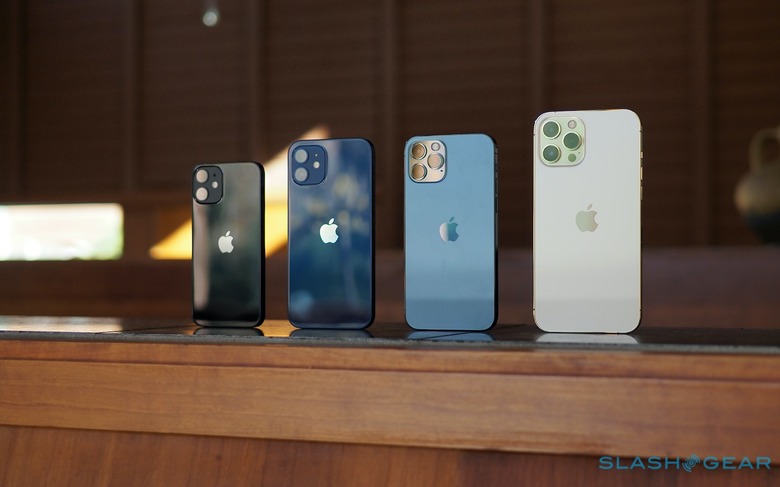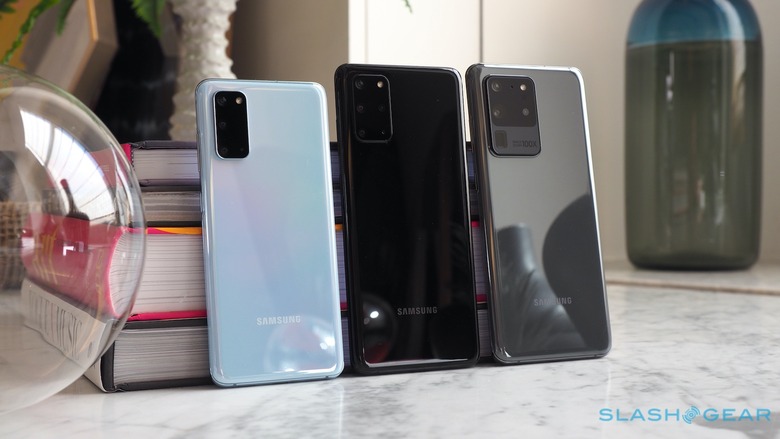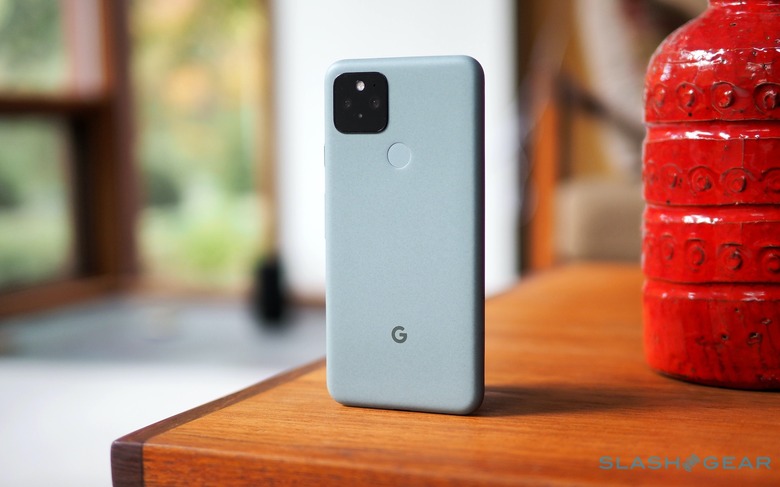Smartphones In The Age Of Pandemic
We are just a few weeks away from the end of the year and, as always, it is an opportune time to take stock of the past twelve months. And boy what a whirlwind those twelve months were. Almost no one was left unaffected by the COVID-19 coronavirus, whether directly or indirectly. Of course, the mighty mobile market didn't escape unscathed and, to some extent, the effects on the industry might still be felt long after the pandemic has become a footnote in history.
Domino Effect
The most immediate effect of the COVID-19 outbreak was the disruption of pretty much all schedules this year. From the closing of manufacturing facilities in China to the cancelation of annual events, it was almost as if the whole world was thrown into chaos. Even when the world started getting back up on its feet and postponed events rescheduled in the future, the damage has already been done.
Late development and production schedules meant late launches. It meant missing windows of opportunities that smartphone makers used to exploit. It meant, for example, missing a quarter's projected revenues because a phone wasn't launched during those months. It also ultimately meant that other parts of the chain, specifically manufacturers, assemblers, and their employees, would be getting their revenues and compensation late, too.

Diminishing Demands
Of course, the pandemic had a much wider effect on the global economy, even in places where the coronavirus barely touched. Trade was halted or limited at borders and businesses were closed, some even permanently. Money quickly became an even bigger issue than it ever was and people had to monitor their budgets and resources more closely to make sure they're only spending on essential and critical purchases.
Computers, particularly laptops, have become some of those essential purchases this year due to the need to work remotely, often from home. In light of all those other concerns, buying a new phone became less pressing, especially for those who still have perfectly usable devices. Even when production and shipping started to ramp up towards the second half of the year, demand for smartphones never truly reached the peaks they would have had by that time.
Ironic Increase
At the same time, there was a somewhat ironic development that contrasted with the dip in demand for new smartphones. Smartphones actually became even more critical even as laptops and tablets became the focus of the Work From Home (WFH) phenomenon. Communication, both over the Internet and traditional telephone lines and SMS, has become even more important during quarantines and shelter-in-place orders.
From social networking to gaming, smartphones, apps, and mobile Internet have seen a surge in use in the past months. Their importance may have ironically pushed users to be more reserved about changing phones during these times. From the health risks involved in purchasing a new phone to the technical risks of ending up with a new but non-functional handset, consumers have been less keen on jumping on a new phone without a compelling reason.

Price Peak
Of course, there will always be some reasons for people to buy the latest and greatest phones but this year's selection has given even avid smartphone fans pause for thought. Exactly because of the delays and skewed market economics piled on top of the regularly increasing price of components, prices for the top phones this year have soared even higher. Where $1,000 phones were short of being scandalous even just two years ago, it has become the baseline for this year's flagships.
Samsung had the misfortune of launching a new high-end phone right at the start of the pandemic, where fear and uncertainty gripped the world. Apple's new iPhone 12 naturally sold well but, for a time, its newer iPhone SE 2020 was regarded as the most popular smartphone, especially during the first half of the year. It might be too soon to conclude that consumers are becoming smarter about smartphone purchases but there might also be another factor at play here.
Mid-tier March
Mid-tier phones have steadily been growing in capabilities and market share, in no small part to chipmakers closing the gap between premium and higher mid-range silicon. Even with the slow spread of 5G, the number of such phones that are able to connect to the next-gen network is also slowly rising.
Even Google seems to be playing this game, pushing its flagship Pixel 5 down to a Snapdragon 700-series chipset. More brands like LG are launching similar phones, sometimes powered by MediaTek's equivalent. At the same time, there are those like OnePlus that are expanding their product lines to cover not just mid-range but even entry-level markets.

Wrap-up
COVID-19 has really changed the world in many ways, most of them not good. Based on some figures, the smartphone market has indeed dipped this year but is slowly on its way to recovery. Things might be the same, though, with some manufacturers, namely Samsung, trying to compensate with adjusted schedules.
While there will always be people reaching for every new Samsung or Apple flagship, consumers have been forced to reassess their smartphone purchases, hold on to their phones longer, and even expect more software updates from manufacturers. Whether this will become the new normal for the mobile market is still uncertain, which makes the incoming year a bit more interesting and exciting.
